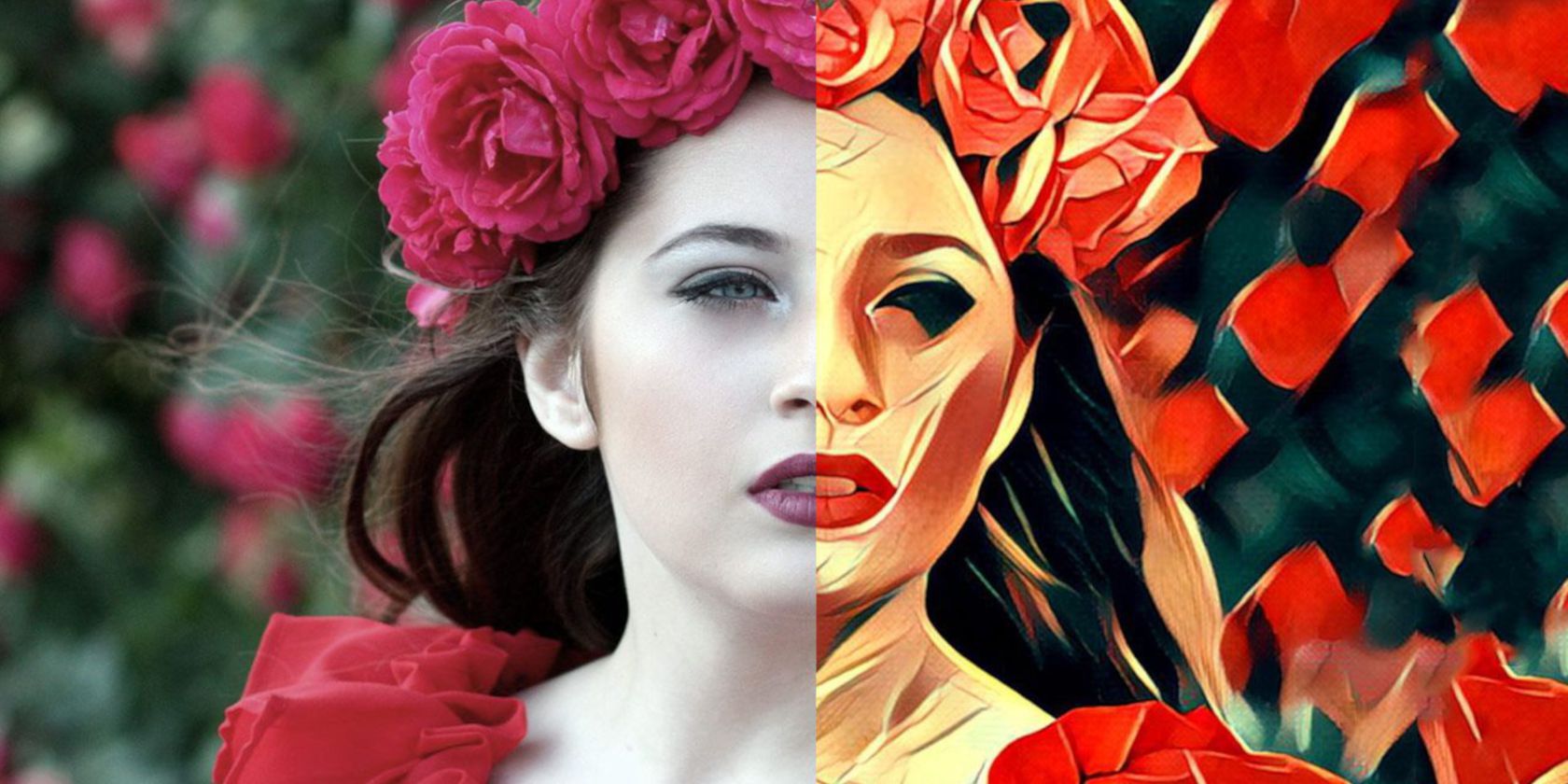
The 10 Best Art Ideas Today (with Pictures) Look from Vincent van gogh's “the wheatfield” (1888). Vincent van gogh's “the wheatfield” (1888). Recognized as the app of the year in 2016 prisma has a.

By lightly outlining a woman’s face and gown as she poses for a portrait, this print engages the different ways the human subconscious reacts to figures and how certain algorithms can go as far as to mimic this reaction.Faceless Portrait Painting App. Additionally, Faceless Portrait #3 (2019) uses a lighter abstraction in combination with colors from a Renaissance palette not only to indicate the artist’s identity in the work, but to invoke the human brain to analyze images. In this print, AICAN is showing us conventions used in Renaissance portraits while abstracting other aspects as part of the artist’s own curation, making the viewer question how much technology has changed the way artists create. In Faceless Portrait of a Pope (2019), for instance, AICAN’s decisions of emphasizing the Pope’s bright red robe and censoring the subject’s face leads the viewer to understand concepts of morality and the evolving relationship between man and machine. This illustrates the importance of the viewer’s role in the conceptual thinking around artworks over the technical qualities valued in Academic painting.

Through these two collections, AICAN’s Faceless Portraits Transcending Time successfully combines archetypal images from the Renaissance with advanced generative technologies and softwares from the twenty-first century.
Faceless portrait app series#
On the other hand, the second series explores the connection between the human brain and visuals by using the same image set to produce AI Surrealist-looking prints, such as Faceless Portrait #3 (2019).ĪICAN, Faceless Portrait of a Pope, creative adversarial network print on canvas, 2019, HG Contemporary, New York. The first series uses artificial intelligence to generate abstract pictures, such as Faceless Portrait of a Pope (2019), that deal with how the history of portraiture and authenticity has changed since the fifteenth century from detailed realism into abstraction. In Faceless Portraits Transcending Time, for example, AICAN used paintings from the Renaissance period and combined them in two distinct series of digital prints. AICAN’s algorithm makes original works by combining historic paintings with certain characteristics and themes of contemporary artworks.
Faceless portrait app software#
In this, the viewer observes twenty-one prints in canvas that use creative adversarial network (CAN) algorithm to reinforce how the value of contemporary art depends more on the ideas behind them, rather than on the artist’s mechanical skills and production process.ĪICAN was developed by Professor Ahmed Elgammal, the founder and director of Art and Artificial Intelligence Lab at Rutgers University, as a software that could analyze the aesthetically pleasing characteristics of Western art movements in order to create artworks.


This can be seen in AICAN’s first solo exhibition, Faceless Portraits Transcending Time, at New York’s HG Contemporary gallery. Since its first group show in 2017, STATE Festival, the autonomous artist AICAN, the Artificial Intelligence Creative Adversarial Network, has revolutionized the way that technological advances influence the way art is made. AICAN: Faceless Portraits Transcending Time


 0 kommentar(er)
0 kommentar(er)
